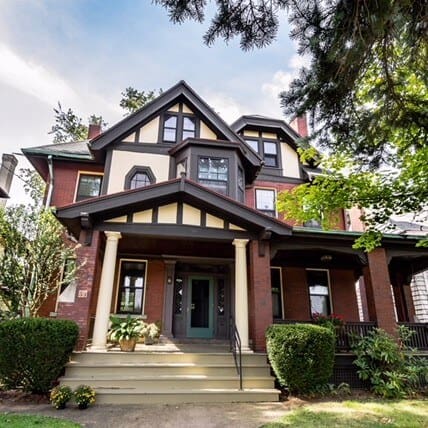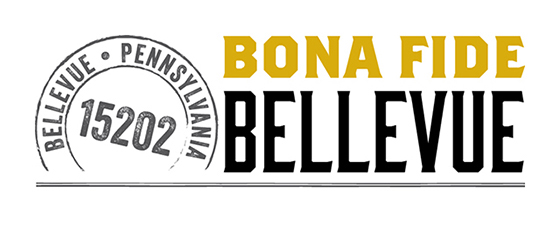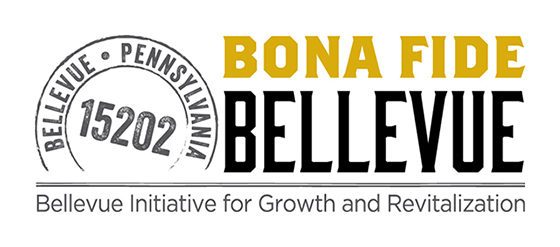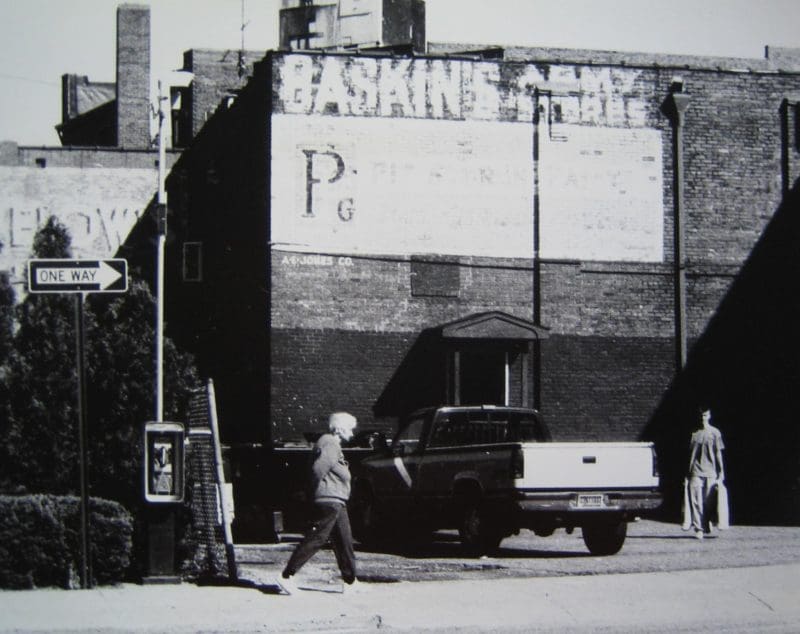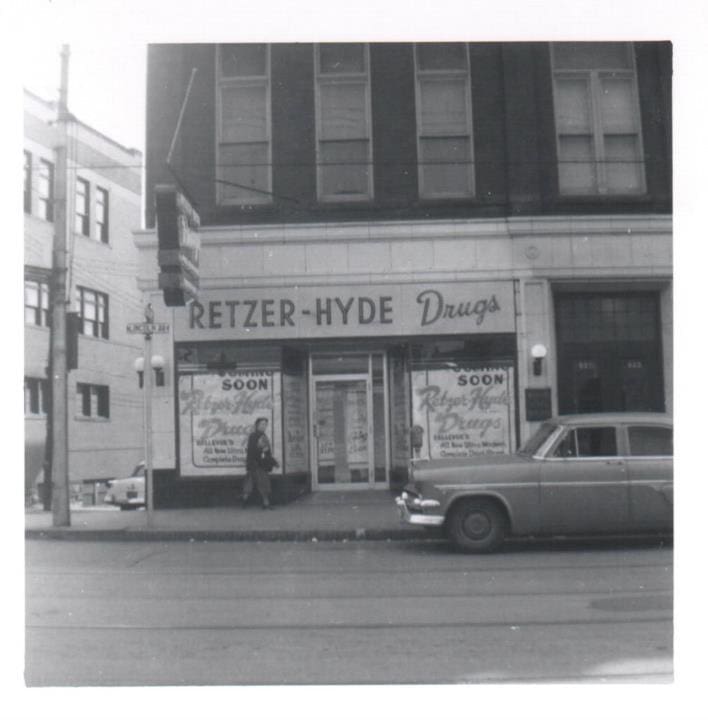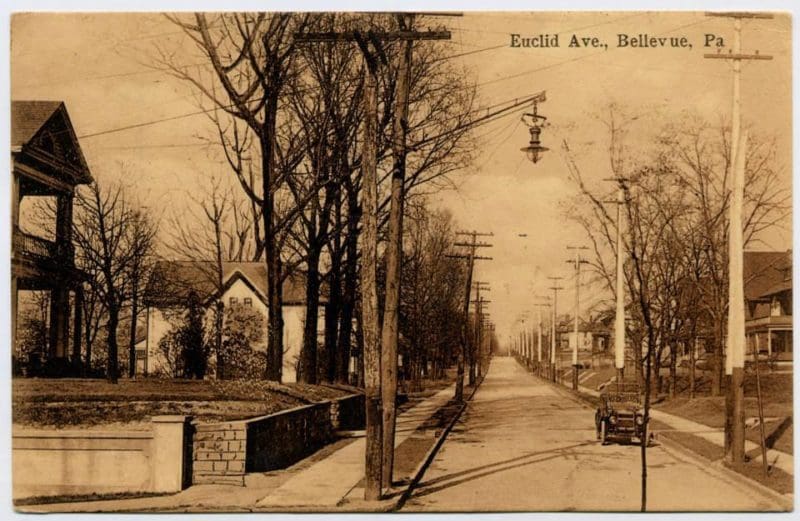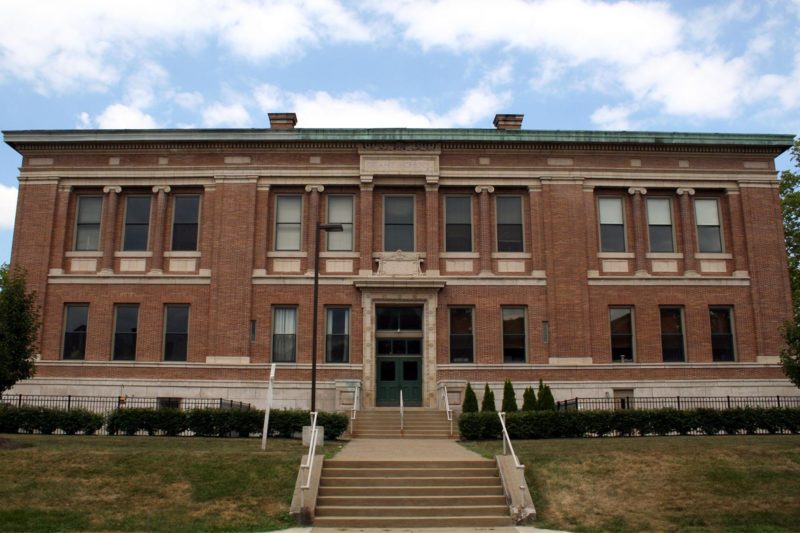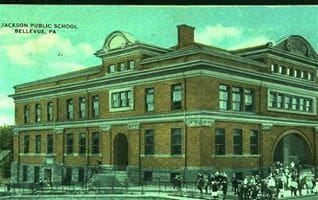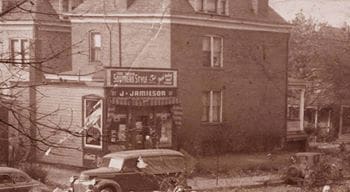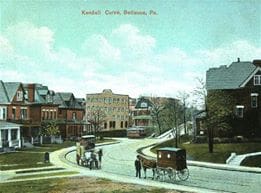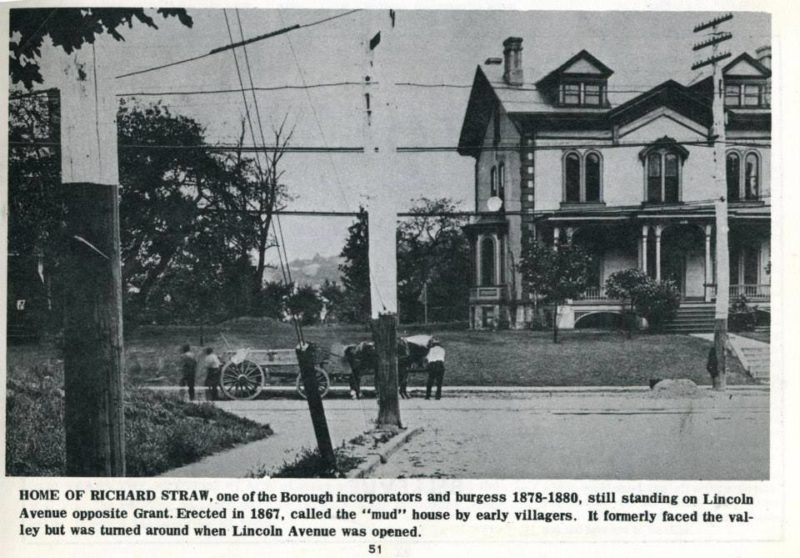History in Bellevue
Learn more about Bellevue’s unique place in the history of our region.
History Of Bellevue
The land on which the borough currently sits was once part of the Depreciation Lands reserved for Revolutionary War veterans. The first landowners in the area were James Robinson and Hugh Henry Brackenridge, purchasing parcels in 1799 and 1792, respectively. At the time of its organization as a borough, Bellevue had exactly the minimum population for such a designation: 300 residents.
Residents of the area tried unsuccessfully to obtain improvements from Ross Township, but officials were opposed to development along Venango Trail (today Route 19). In response, Bellevue was incorporated as a borough independent of Ross on September 7, 1867. The name of the borough was chosen by J. J. East, a linguist and early resident of the borough, and means “beautiful view.”
Resources
- Bellevue: The First 100 Years (1967 Centennial Book)
- 1906 Map
- 1940 Maps – Fremont Ave to Avalon border, and Fremont Ave to City of Pittsburgh border
- Pittsburgh Historic Maps (ESRI) – Exploring Historic Maps!
- Insurance maps of Allegheny including Bellevue and Avalon, Pennsylvania : volume one and two, 1906 (Penn State University)
Bellevue’s Architectural Heritage: A Streetcar Suburb
The architectural landscape that we see in Bellevue today is a creation of the past. By looking at the built environment around us, we can tell a lot about how, why, and when our community developed. To understand and appreciate local architecture, we need to consider it within its larger context: Why did people decide to build houses here in the first place, and why do they look as they do?
The character of our town has always been distinctly suburban and middle class — Bellevue was a “bedroom community” long before anyone thought to coin the term. With no major industries of our own, most residents of Bellevue and surrounding towns have always commuted to work somewhere else.
Until the mid-19th century, virtually everyone who worked in the cities of Pittsburgh and Allegheny (now the North Side) lived within walking distance of their jobs. About the time of the Civil War, improvements in transportation made it possible for many people to live farther from their workplaces and thus escape the overcrowding and pollution of the urban core.
As immigrants poured into Pittsburgh during this period of great prosperity and industrial expansion, wealthier residents sought a more rural atmosphere on the outskirts of the city. New towns began to grow up along railroad lines and horse car routes. This process would be repeated on a much larger scale at the turn of the 20th century when the construction of a vast network of streetcar lines led to a mass exodus of the middle class from the city, where living conditions had become increasingly intolerable. In suburbs like Brighton Heights and the North Boroughs, real estate developers built street after street of detached single family houses for the middle class refugees from the inner city.
Although our area first began to be settled about 1800, it remained rural until after the Civil War, with a few scattered farms and country houses strung out along the “Beaver Road” (present Lincoln/California Avenue), the main road between Pittsburgh and Beaver. Intensive residential development began only after the construction of the Pittsburgh, Fort Wayne and Chicago Railroad provided a convenient means of commuting to work in Pittsburgh and Allegheny. Depots were established at Bellevue and West Bellevue (Avalon). In the 1860s and 1870s, speculators began to buy and subdivide land in anticipation of a real estate boom.
Bellevue was incorporated in 1867 and West Bellevue in 1874. By 1875 Bellevue was beginning to assume the look of an established town, with a number of substantial older homes on large lots and newer, smaller houses in new subdivisions. The former could be found on both sides of Lincoln Avenue and scattered on the hillside between Lincoln Avenue and the railroad tracks. The latter were concentrated along new streets such as Sheridan, Madison, and Jefferson. The area north of Bayne (now Teece) Avenue remained open farmland and woods.
The construction boom followed the completion in 1892 of a streetcar line by the Allegheny and Bellevue Street Railways Company, which made the town very attractive to middle class commuters who worked in Pittsburgh and Allegheny. One local real estate company told the “10,000 Alleghenians who are anxious to get away from the soot-flakes and typhoid water” that here they could find: “No smoke! Pure air! Magnificent drives! Sand-filtered water! Macadamized and electric-lighted streets! Police protection! Fire Department! Public school!” Middle class city residents eagerly accepted the promise of a healthier and happier suburban lifestyle.
Real estate developers, such as the Allegheny Real Estate Improvement Company and the Bellevue Land Company, quickly bought up vacant land in the borough and laid out new streets and subdivisions with pleasant names like “Sunnyside,” “Kendall Park,” and “Bellevue Park.” Long-time residents including William Roseburg, J.H. Dawson, and the Bole family embraced the boom and divided their own land into building lots. From 1892 through the 1920s, hundreds of Queen Anne, Colonial Revival, and Craftsman houses were built throughout the borough. These solid middle class houses, furnished with all the modern conveniences the early 20th century had to offer, were perfect examples of the “Comfortable House” described by architectural historian Alan Gowans.
By the onset of the Great Depression in 1929, Bellevue’s building boom was over. Although new homes and businesses would continue to be built in the borough, there would never again be a massive wave of construction like that of the early streetcar era. Remarkably, most of the homes from that period still survive today, occupied and cherished by a new generation of Bellevue residents.
Celebrating Bellevue’s History
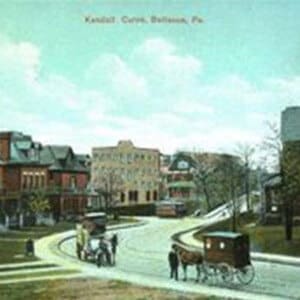
Historic Property Survey and Historic District
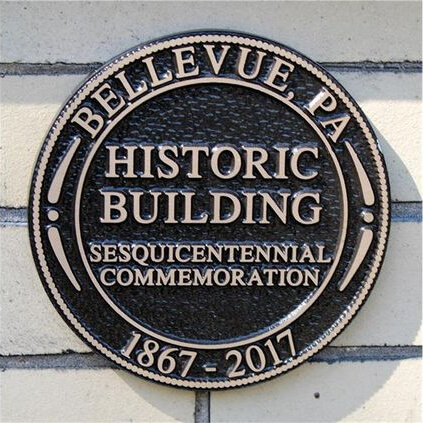
Historic Home Recognition Plaques
